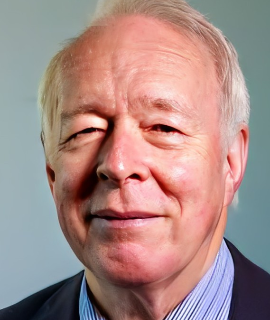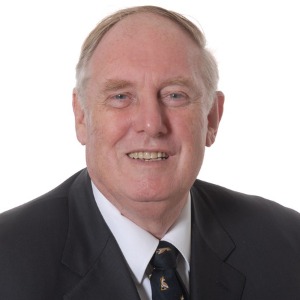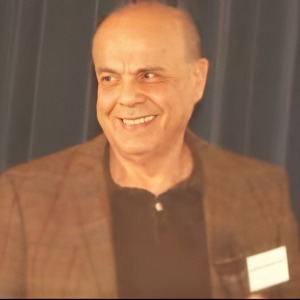Skull Anatomy
Skull anatomy pertains to the intricate structure of the head, composed of the cranium and mandible. The cranium, a bony enclosure, safeguards the brain, while the mandible forms the lower jaw. The skull is divided into distinct regions, including the frontal, parietal, temporal, and occipital bones, each contributing to the overall shape and protection of the head.
Sutures, fibrous joints between skull bones, allow for flexibility during childbirth and contribute to the growth of the skull in infancy. Facial bones, such as the maxilla and zygomatic bones, form the structure of the orbits and support the facial features.
Notable skull landmarks include the external occipital protuberance, the bony prominence at the back of the head, and the sagittal suture, running along the midline of the skull. The foramen magnum, a large opening at the base of the skull, accommodates the spinal cord.
Skull anatomy is crucial in various medical fields, including neurology and dentistry, influencing diagnostic assessments and surgical procedures. Advanced imaging techniques, such as CT scans, provide detailed views of the skull's internal structures, aiding in the diagnosis of injuries or abnormalities. A comprehensive understanding of skull anatomy is foundational for medical professionals in interpreting clinical findings and providing optimal patient care.

David Geoffrey Gillam
Queen Mary University of London, United Kingdom
Christopher Turner
Spacemark Dental, United Kingdom




Title : Evaluating hygienist follow up for head and neck oncology patients in secondary care: Results from a two cycle audit
Peter Basta, Newcastle Dental Hospital, United Kingdom
Title : Atypical facial pain unravelled
Christopher Turner, Spacemark Dental, United Kingdom
Title : New treatment of temporomandibular disorder through muscle balance and muscle regeneration by activation of quiescent muscle stem cells( satellite cells) with mitochondrial dynamics
Ki Ji Lee, National Reserach Foundation & Busan Medical University, Korea, Republic of
Title : MRONJ and ORN: Referral or management in primary care? Navigating guidelines in the context of long waiting lists
Alisha Sagar, NHS England, United Kingdom
Title : Managing the unexpected: An Insight into supernumerary teeth
Bahar Gharooni Dowrani, Guy's and St Thomas' NHS Foundation Trust, United Kingdom
Title : Laxative prescribing for post operative head and neck cancer patients at Derriford Hospital
Pui Sze Kylie Li, Cardiff and Vale University Health Board, United Kingdom